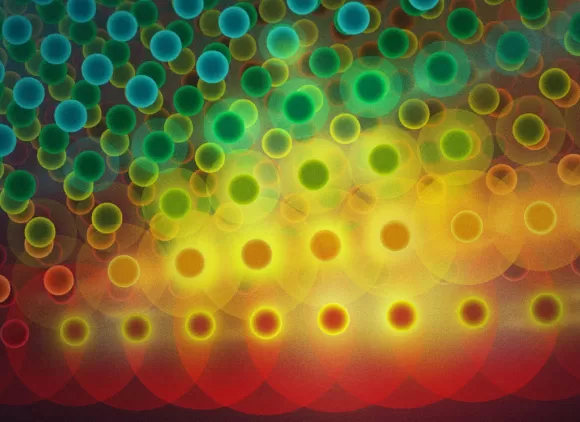About this event
NSF has recently announced a new program, entitled “Smart and Autonomous Systems”. The program focuses on Intelligent Physical Systems (IPS) that are cognizant, taskable, reflective, ethical, and knowledge-rich. The S&AS program welcomes research on IPS that are aware of their capabilities and limitations, leading to long-term autonomy requiring minimal or no human operator intervention. Example IPS include, but are not limited to, robotic platforms and networked systems that combine computing, sensing, communication, and actuation. Cognizant IPS exhibit high-level awareness beyond primitive actions, in support of persistent and long-term autonomy. Taskable IPS can interpret high-level, possibly vague, instructions, translating them into concrete actions that are dependent on the particular context in which the IPS is operating. Reflective IPS can learn from their own experiences and those of other entities, such as other IPS or humans, and from instruction or observation; they may exhibit self-aware and self-optimizing capabilities. Ethical IPS should adhere to a system of societal and legal rules, taking those rules into account when making decisions. Knowledge-rich IPS employ a variety of representation and reasoning mechanisms, such as semantic, probabilistic and commonsense reasoning; are cognitively plausible; reason about uncertainty in decision making; and reason about the intentions of other entities in decision making.
To Join the Webinar:
Please register at: https://nsf.webex.com/nsf/j.php?RGID=r60a0880801e35fea0db2f66d299b2cd3 by 11:59pm EST on Wednesday November 2, 2016.
Please be sure to join a few minutes before the start of the webinar. This system does not establish a voice connection on your computer; instead, you will have a toll-free phone number that you will be prompted to call after joining. If you are international, please email kgeary@nsf.gov to obtain the appropriate dial in number. In the event the number of requests exceeds the capacity, some requests may have to be denied. The presentation, audio and transcript will be available after the webinar on this webpage.

